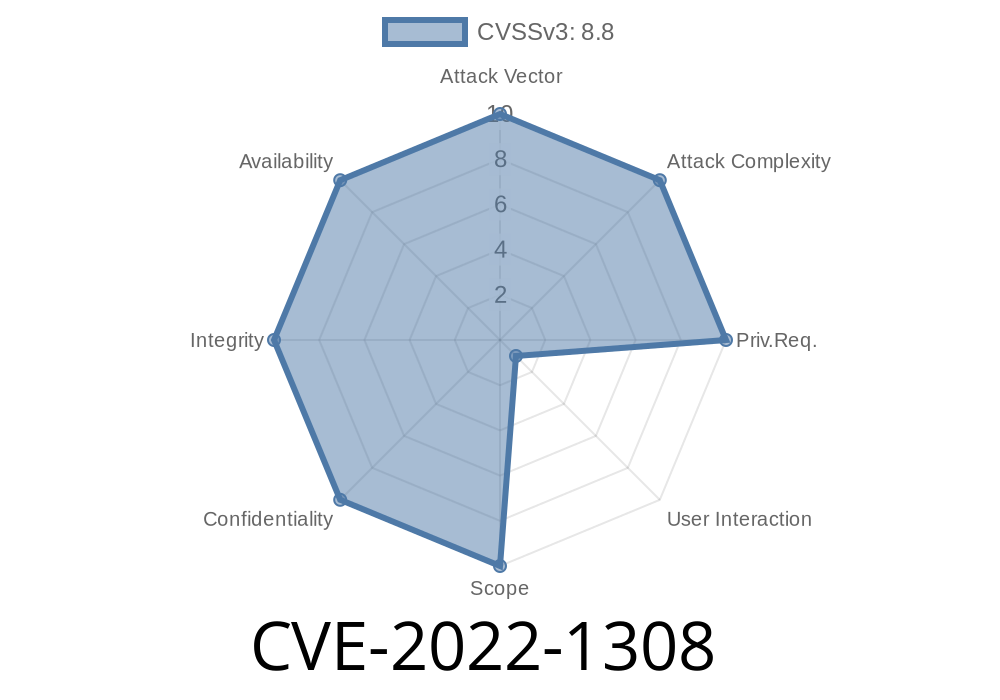Alarmingly, an exploit dubbed CVE-2022-1308 poses a serious risk to Google Chrome users. This recently discovered vulnerability is a Use-After-Free (UAF) issue in the Back-Forward Cache (BFCache) in Google Chrome prior to version 100..4896.88. By exploiting this security loophole, a remote adversary can potentially corrupt heap memory through a meticulously constructed HTML page, leading to dire consequences.
The Perils of Use-After-Free Vulnerabilities and BFCache
Use-After-Free vulnerabilities are a class of memory corruption issues that occur when an application continues to utilize memory that has already been freed. Such issues can lead to severe consequences, such as leaking sensitive information, crashing the application, and enabling arbitrary code execution.
On the other hand, BFCache (Back-Forward Cache) is a feature in web browsers like Google Chrome that caches whole web pages in memory when navigating back and forward between them. BFCache aims to improve users' browsing experience but can lead to serious security vulnerabilities if not implemented correctly, as illustrated by CVE-2022-1308.
Unraveling CVE-2022-1308
CVE-2022-1308 is a pernicious Use-After-Free vulnerability discovered in Google Chrome's implementation of BFCache. If exploited successfully, this security flaw would allow an attacker to craft a malicious HTML page to compromise the victim's browser. Heap buffer corruption may lead to arbitrary code execution or even complete control over the victim's system.
Code Snippet
The vulnerability in question can be exploited through a carefully tailored HTML page designed to trigger the UAF issue. While the exact steps to reproduce this flaw are not disclosed here to prevent misuse, a simplified and hypothetical code snippet may resemble the following structure:
<html>
<head>
<script>
// JavaScript code to trigger use-after-free vulnerability
</script>
</head>
<body>
<iframe id="vulnerableFrame" src="...">
</iframe>
</body>
</html>
In this example, the attacker creates an HTML page hosting an improperly managed iframe. The attacker's JavaScript code, placed in the head tag, manipulates the iframe to trigger the UAF issue in BFCache, leading to exploitable heap corruption.
To further explore CVE-2022-1308 and related research, refer to the following resources
- Google's official announcement of the security release
- NIST's National Vulnerability Database entry for CVE-2022-1308
- MITRE's CVE List entry for CVE-2022-1308
Prevention and Mitigation
Given the gravity of CVE-2022-1308 and its consequences, users are urged to take the following precautions:
- Immediately update Google Chrome to the latest version (100..4896.88 or later) to secure against this specific vulnerability
Conclusion
CVE-2022-1308 highlights the significance of practicing cybersecurity vigilance. By understanding the potential risks associated with these vulnerabilities and taking proactive steps to shield themselves from security breaches, users can drastically minimize the likelihood of becoming victims of malicious cyberattacks.
Timeline
Published on: 07/25/2022 14:15:00 UTC
Last modified on: 08/15/2022 11:16:00 UTC
